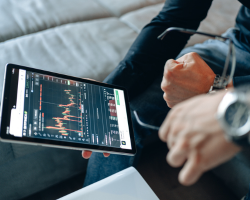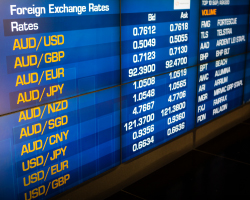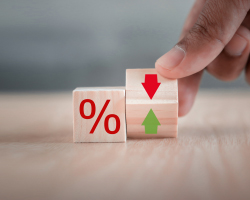Beginners Guide to Market Orders
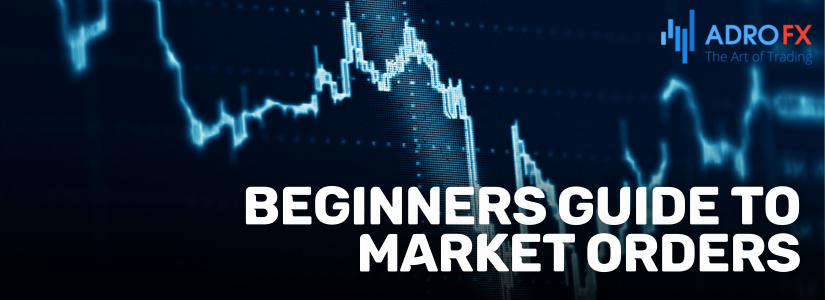
Navigating the dynamic landscape of financial markets demands strategic approaches for efficient trade execution. A pivotal tool in an investor's arsenal is the "Market Order." Unlike limit orders, market orders prioritize immediate execution over specifying a particular price. Investors employing market orders seek swift and straightforward trades, where the order is processed promptly at the best available market price. This exploration delves into the key features of market orders, examines scenarios for their optimal use, presents an illustrative example, and weighs the advantages and disadvantages associated with this rapid and efficient trading strategy.
What Are Market Orders?
Market orders are buy or sell orders placed by investors to execute trades at the current market price. Unlike limit orders, which specify a particular price at which an investor is willing to buy or sell, market orders prioritize prompt execution over the exact price. When a market order is submitted, it is processed immediately, and the trade is executed at the best available price in the market.
The key features of market orders include:
- Execution Speed
Market orders are executed swiftly, as they prioritize immediate completion of the trade. - Best Available Price
Market orders are filled at the prevailing market price. The actual execution price may vary slightly from the displayed or expected price due to market fluctuations. - No Price Guarantee
Unlike limit orders, market orders do not guarantee a specific execution price. The investor accepts the best available price at the time of order processing. - High Liquidity
Market orders are typically used for highly liquid securities, where there is sufficient trading activity to ensure a quick execution. - Simplicity
Market orders are straightforward, making them easy to understand and execute. Investors only need to specify the quantity they want to trade.
While market orders offer speed and simplicity, they come with the risk of potential price fluctuations between order placement and execution. In rapidly changing markets, the actual execution price may deviate from the last quoted price. This phenomenon is known as "slippage."
Traders often use market orders when immediacy is a priority, and they are willing to accept the current market price without specifying a particular buying or selling price. Investors need to be aware of market conditions and potential slippage when using market orders, especially during periods of high volatility.
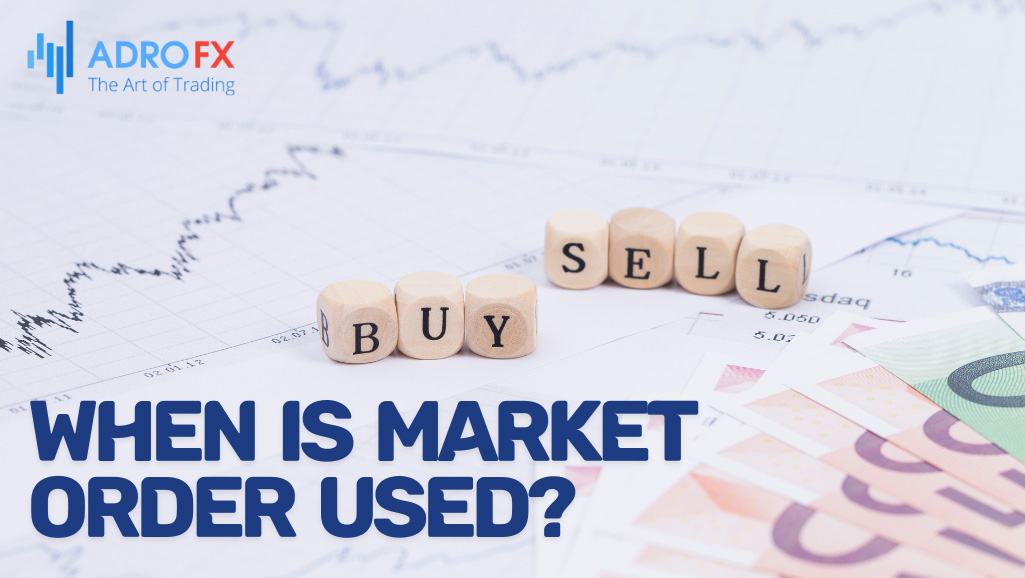
When Is Market Order Used?
Market orders are used in various situations where immediacy of execution takes precedence over securing a specific price. Here are common scenarios when investors might use market orders:
- Liquidity and Urgency
Market orders are suitable when a trader wants to execute a trade quickly and is not overly concerned about the exact price. In highly liquid markets, where there is substantial trading activity, market orders can be executed promptly.
- Day Trading
Day traders often use market orders because they aim to capitalize on short-term price movements. They prioritize quick entry and exit from positions, and market orders facilitate rapid execution.
- Large Volume Trades
For investors dealing with large quantities of shares or contracts, market orders may be preferred to ensure the entire order is filled quickly. However, this comes with the risk of potential slippage, especially in less liquid markets.
- Stop Orders
Market orders are commonly used with stop orders. When a stock reaches a specified trigger price (the stop price), a stop market order is activated, turning it into a market order to buy or sell the stock at the prevailing market price.
- Opening and Closing Positions
Traders looking to open or close positions quickly may opt for market orders. For example, an investor entering a position at the market open may use a market order to ensure immediate participation.
- Fast-Moving Markets
In rapidly changing markets or during periods of high volatility, investors may use market orders to quickly enter or exit positions. However, it's crucial to be aware of potential slippage and price fluctuations.
- Low Transaction Costs
Market orders may be suitable when transaction costs are low, and investors are less concerned about obtaining the best possible price.
It's important to note that while market orders offer speed and simplicity, they come with the risk of slippage, where the execution price may differ from the expected price. Traders should consider market conditions, liquidity, and their risk tolerance when deciding to use market orders. Additionally, in less liquid markets, or when dealing with large orders, alternative order types like limit orders may be considered to mitigate potential slippage.
Example Of A Market Order
Let's consider an example of a market order in the context of stock trading:
Suppose an investor is closely monitoring the stock of XYZ Company, which is currently trading at $50 per share. The investor has been analyzing market trends and decides that it's an opportune time to buy shares of XYZ Company.
The investor places a market order to buy 100 shares of XYZ Company. In this scenario, the key characteristics of the market order are:
- Immediacy
The market order is designed to be executed as quickly as possible.
- No Price Specification
Unlike a limit order, the investor does not specify a particular price at which they want to buy the shares. The market order will be executed at the prevailing market price.
As soon as the market order is placed, it interacts with the market's order book. If there are sellers willing to sell XYZ Company shares at or near the current market price, the market order will be filled. Let's say the market order is executed, and the investor successfully buys 100 shares of XYZ Company at an average price of $50.10 per share.
The key point to note is that the investor prioritized quick execution over the exact purchase price. While the market order provided immediacy, it also carried the risk of potential slippage, where the actual execution price (in this case, $50.10) may differ slightly from the market price at the time of placing the order.
This example illustrates how a market order works in a stock trading scenario, emphasizing its swift execution but acknowledging the uncertainty regarding the final execution price.
Deciding Between Market and Limit Orders for Stock Trading
Investors face a crucial decision when contemplating whether to employ a market order or a limit order for buying or selling stocks. The choice hinges on priorities: if swift execution is paramount, a market order proves optimal; however, if securing a specific price is the goal, a limit order is the preferred route. It's essential to recognize that market conditions can prompt shifts in perspective. For instance, you might initially set a limit order to purchase a stock at an appealing price. Should that particular trade not materialize, the option exists to rescind the limit order and opt for a market order instead.
Navigating the selection between these two order types may seem daunting, with investors often leaning towards market orders due to their simplicity and the assurance of trade execution. This approach, characterized by buying and holding the stocks of reputable companies for the long term, aligns with a strategy aimed at facilitating wealth accumulation.
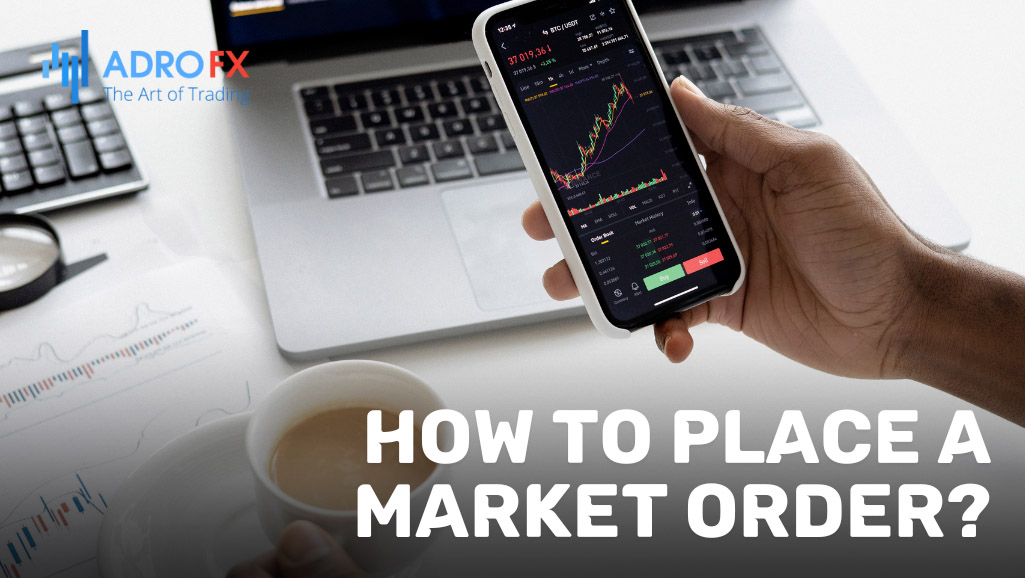
How To Place A Market Order?
When utilizing an online broker, the order type can be adjusted directly on your device's screen. Most software platforms feature the market order as the primary option, requiring careful attention to ensure the intended order type is selected. It's crucial to note that the execution of an online market order is nearly instantaneous when a stock is actively traded, except during periods of high trading volume for a specific share.
Despite the quick execution in dynamic markets, there is no guarantee that you will secure the exact price at which you placed the order. The executed price may approximate the observed buy or sell price at the moment of initiating the market order. The degree of activity for a particular share plays a role, influencing whether you may receive more or less favorable terms.
Market orders take precedence over other pending orders, requiring you to await the completion of any preceding market orders. Orders submitted earlier will be executed before yours. This process introduces the challenge that each execution can impact the stock's price.
In situations where there are orders queued for processing ahead of yours, there is an elevated risk that the stock's price may experience significant changes before your order is fulfilled.
Advantages and Disadvantages Of Market Order
Market orders come with distinct advantages and disadvantages, influencing the decision-making of investors in the dynamic realm of financial markets.
Advantages:
- Instant Execution
One of the primary advantages of market orders is their immediate execution. This ensures that the order is processed swiftly, minimizing the time between decision-making and trade completion. - Simplicity
Market orders are straightforward and easy to understand. They involve a simple instruction to buy or sell a security at the current market price without specifying a particular price point. - High Probability of Execution
Market orders have a high probability of being executed, especially for widely traded stocks with high liquidity. This is beneficial for investors who prioritize quick execution over specific price levels. - Suitable for Fast-Moving Markets
In fast-paced and volatile markets, market orders are particularly useful. They allow investors to quickly enter or exit positions without being overly concerned about price fluctuations.
Disadvantages:
- Price Uncertainty
One significant drawback of market orders is the lack of price control. Investors using market orders accept the prevailing market price, which may differ from the last traded price or the displayed quote. - Potential for Slippage
In rapidly changing market conditions, slippage can occur. Slippage is the difference between the expected execution price and the actual execution price. This can result in an unfavorable average execution price for the order. - Vulnerability to Market Gaps
Market orders are susceptible to price gaps, especially during after-hours trading or in response to significant news events. The order may be executed at a substantially different price than anticipated. - Limited Control
Investors using market orders relinquish control over the exact price at which the trade is executed. This lack of precision may be a disadvantage for those who prefer more control over their entry and exit points. - Not Ideal for Illiquid Stocks
Market orders may pose challenges for stocks with low liquidity. In such cases, executing a market order can lead to wider bid-ask spreads and increased potential for price slippage. - Inability to Control Timing
Market orders do not offer control over the timing of execution. In situations where specific timing is crucial, such as when awaiting a particular market condition, market orders may not be the most suitable choice.
In conclusion, while market orders provide speed and simplicity, investors must carefully consider the associated risks, particularly the lack of price control. Depending on market conditions, the advantages of instant execution may outweigh the disadvantages for certain traders, while others may opt for more precise order types to align with their specific trading objectives.
Conclusion
In the fast-paced world of financial markets, where timing is critical, market orders emerge as a valuable tool for investors prioritizing immediate execution. While offering simplicity and a high probability of execution, market orders come with inherent risks such as price uncertainty and potential slippage. The decision to use market orders versus other order types depends on an investor's risk tolerance, priorities, and the specific conditions of the market. Striking a balance between the advantages of instant execution and the drawbacks of limited price control is essential for traders aiming to navigate the complexities of financial markets successfully.
About AdroFx
Established in 2018, AdroFx is known for its high technology and its ability to deliver high-quality brokerage services in more than 200 countries around the world. AdroFx makes every effort to keep its customers satisfied and to meet all the trading needs of any trader. With the five types of trading accounts, we have all it takes to fit any traders` needs and styles. The company provides access to 115+ trading instruments, including currencies, metals, stocks, and cryptocurrencies, which make it possible to make the most out of trading on the financial markets. Considering all the above, AdroFx is the perfect variant for anyone who doesn't settle for less than the best.

